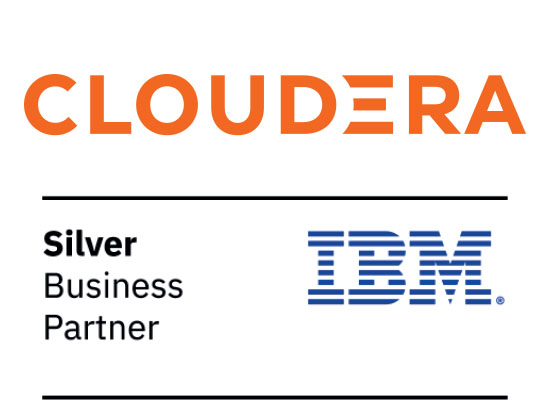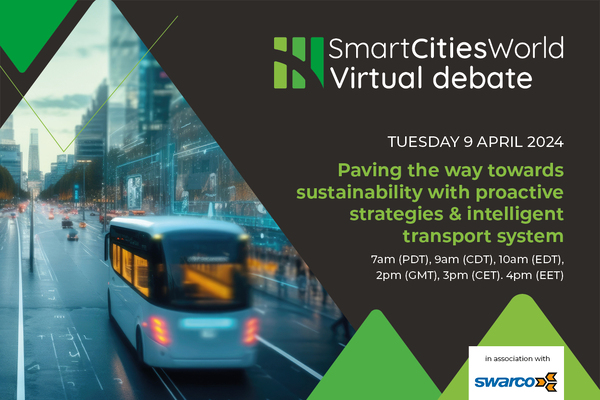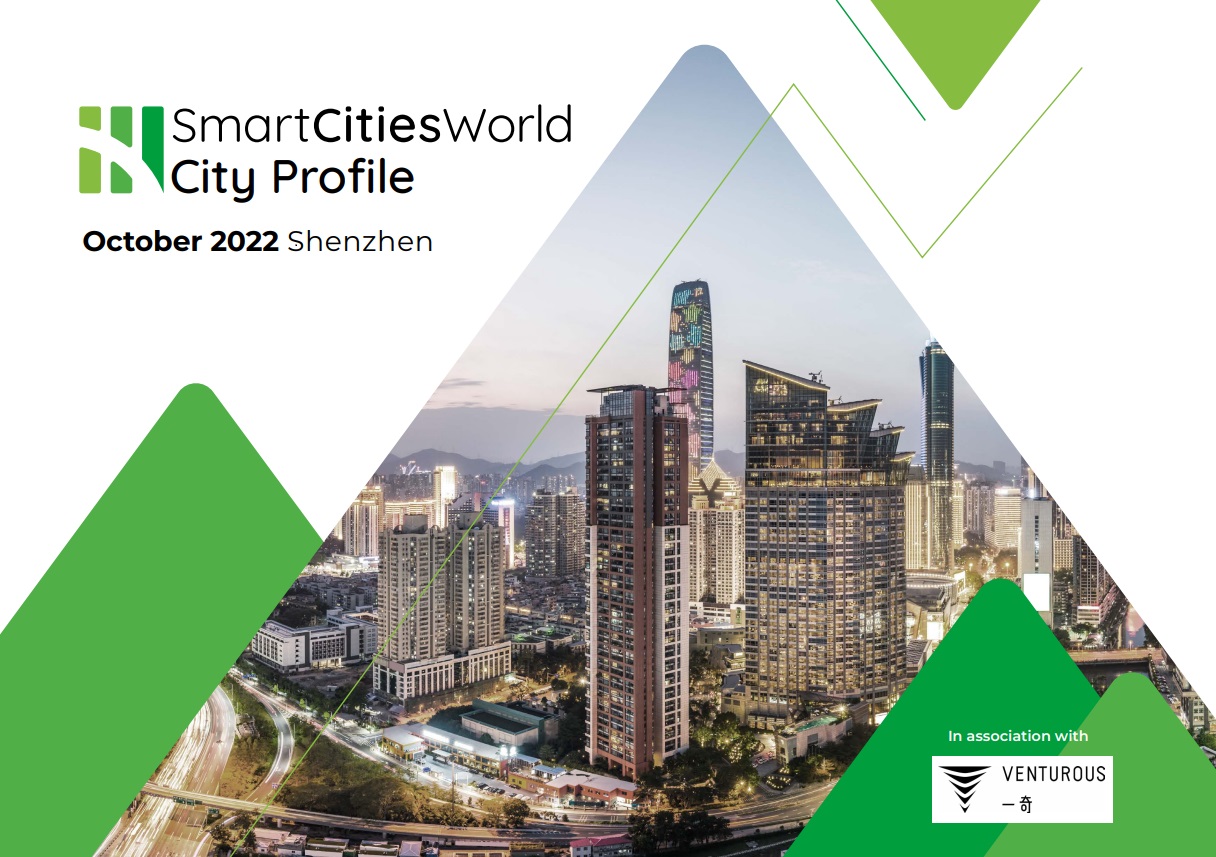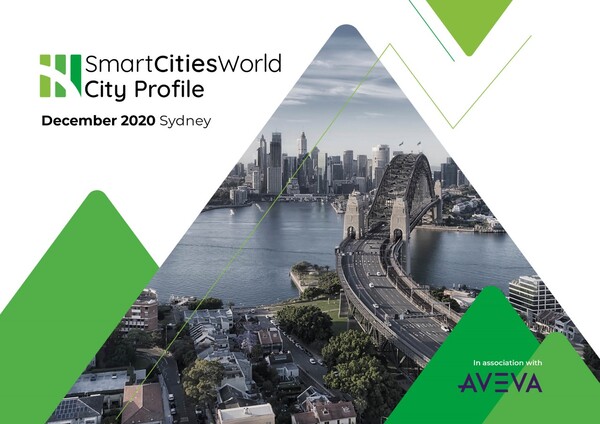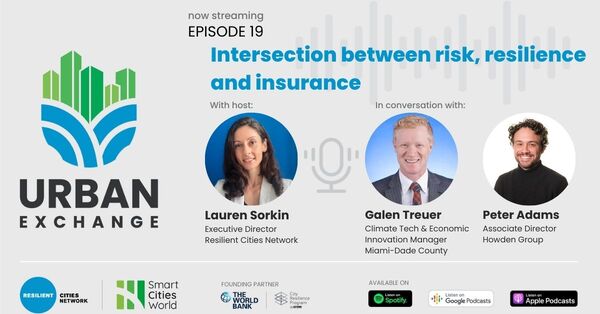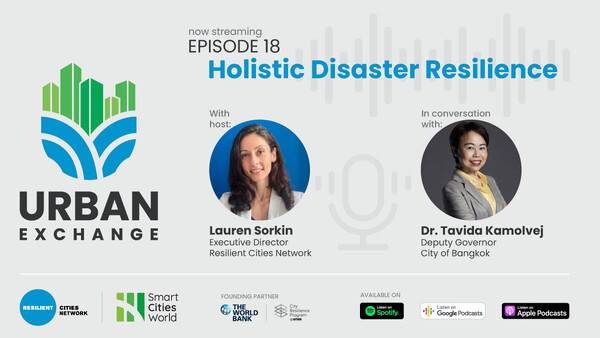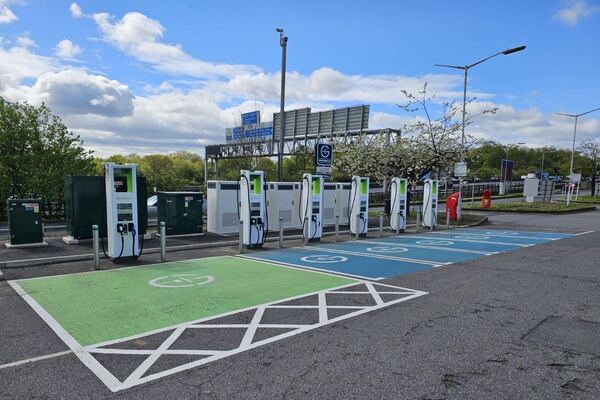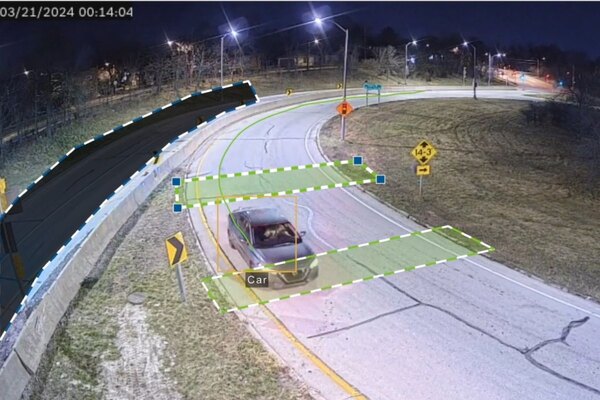Special Reports
SusHi Tech Tokyo 2024: experience ‘Tokyo 2050’ todaySponsored by The SusHi Tech Tokyo 2024 Showcase Program Executive Committee
Podcast: How remote diagnostics and predictive maintenance can deliver major cost-savings for city fleet managers
In the latest SmartCitiesWorld podcast, Luke Antoniou speaks to Cloudera’s Cindy Maike about these empowering technologies
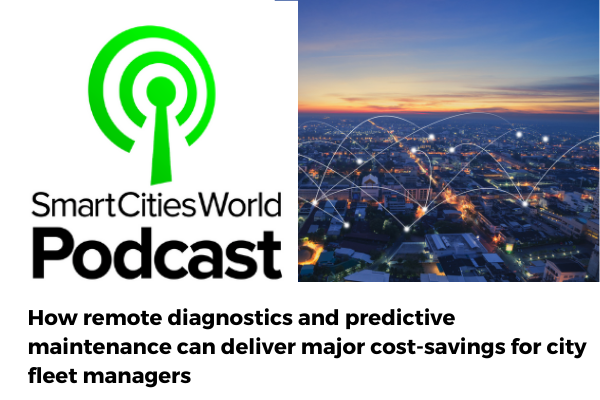
Fleet management and maintenance represent a major cost center for cities around the world. Remote diagnostics and predictive maintenance solutions, however, can help to deliver major savings as well as provide real-time visibility on fleets – from trucks to buses, and other city-run vehicles. To deliver maximum benefit, the solutions need to be powered by advanced data management and analytics systems. The data management challenge is only getting tougher, especially given the proliferation of the connected vehicles and devices that collect the data. Luke Antoniou, senior editor, SmartCitiesWorld, talks to Cindy Maike, vice president of industry solutions and value management, Cloudera.
SmartCitiesWorld: Cindy, what are some of the empowering capabilities that these technologies can provide fleet managers?
Cindy Maike, Cloudera: What we’re trying to do with predictive maintenance is to really help organisations go beyond just preventive maintenance. Now that we can do things in a more real-time fashion, we’re able to store and collect a lot more data and use algorithms to look at doing condition-based maintenance as opposed to preventive maintenance.
SmartCitiesWorld: Any cost saving for a fleet manager is welcome today, isn’t it?
Maike: That’s what is critical; we’re going beyond just being smarter, we’re being conscientious and looking at where costs are going. Saving $1 here through predictive maintenance, means a city can use that dollar to invest in another element of the city and look at providing better services, reducing capital expense on buying new equipment, and extending the useful life of things. It’s going beyond just “preventive to predictive” – the opportunities are out there and we’re seeing organisations make those investments.
It’s also enhancing safety, which is a key element because that correlates to potentially driving down insurance costs for the city by reducing accident ratios because of failed equipment. The opportunities and capabilities are there, and we have to stop and think about how to apply it. We really need to use our imaginations beyond our traditional way of thinking.
SmartCitiesWorld: What about the data management challenge that underlies the functionality of these technologies?
Maike: When thinking about condition-based and predictive maintenance, we start to see what I refer to as the data landscape. What type of information and data points do I actually need? What could I actually use? Preventive maintenance uses historical structured data, whereas with predictive and conditional, there are new data sources that we are trying to leverage. Taking a public utility truck as an example, do you know who’s been driving that vehicle? Do you have warranty information on that vehicle? Do you have the repair manuals? Do you have data that’s come back from product recalls? Are you collecting data from the vehicle that says, logistically, where the data is? Each of those data points is so different to what we’ve been using in the past; some of it is real-time, some of it is batch information, some of it is going to be in data that we get in a PDF document, because it’s a manual about the asset. We need to pull in all those different types of data sources.
Where Cloudera’s data platform can really help is with its ability to bring in any type of data source, whether it’s batch, real-time, streaming, or whether it’s structured, semi-structured or highly unstructured. When data is coming off a vehicle, and a sensor that is on a vehicle is highly advanced, it’s in zeros and ones – so, how do you then interpret that data? When you’re starting to do predictive and conditional-based maintenance, you really need to be able to look at all those datasets.
Where we’ve come from, to where we’re trying to go to really optimise costs, requires us to look at data differently, and to use newer modern data management techniques, as well as some of the advanced learning techniques around artificial intelligence and machine learning. That’s where Cloudera can really help organisations because we can manage any and all types of data.
SmartCitiesWorld: What examples of real-world applications can you give us?
Maike: We work with an organisation called Navistar, which has been able to bring down its maintenance costs and increase fuel efficiency on its fleets. They’ve been able to save two to three cents a mile making use of predictive maintenance for vehicles, which is significant.
There’s also work with Smart Dubai where the city is looking to better manage infrastructure and the way it deploys assets and resources within the city based upon the data it is collecting. The city is looking at resources that are coming off its utility grid, like the consumption of water and electricity, to work out how much is actually being consumed. Predictive maintenance is part of their efforts to optimise their grid. If there’s a component of the grid performing at a subpar level based upon forecasted amounts of utilities being needed, then the city needs real-time visibility of that.
SmartCitiesWorld: How do you see these technologies further developing? Do you anticipate any new use cases emerging that aren’t on our radar today?
Maike: The technology that will have the biggest impact is the 5G network. I’m sure there is that next wave of technology, but I just think about the sheer capabilities of 5G. The question is, how do we make sure that we can actually take advantage of these type of capabilities? Within our cities, we must consider age of assets and existing investments. That’s where we need to make sure that we can take new technologies and implement them, and not be constrained by the financial operations. That may be one of the biggest hindrances.
in association with:
